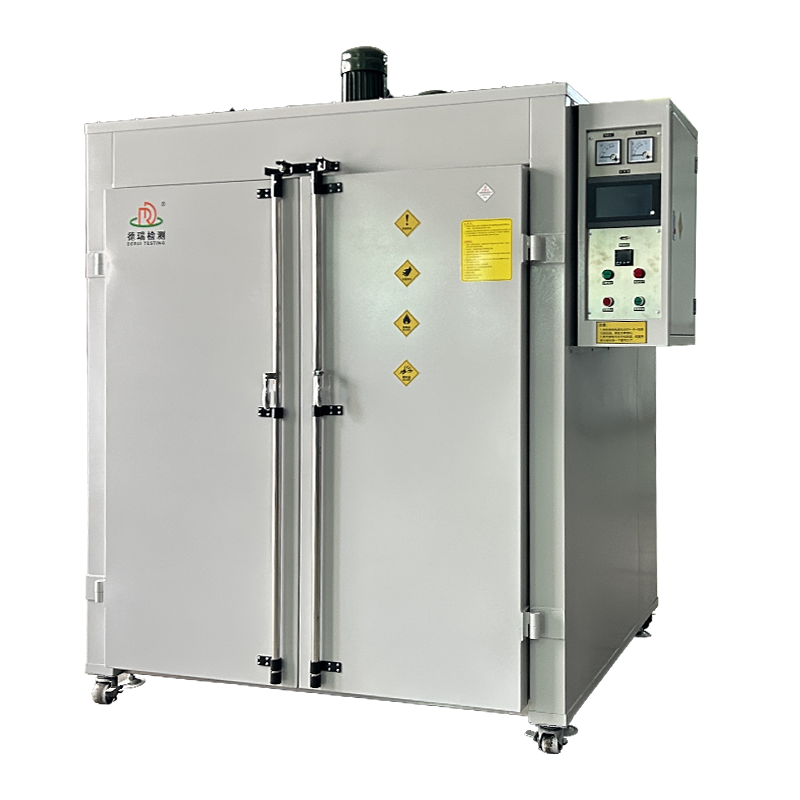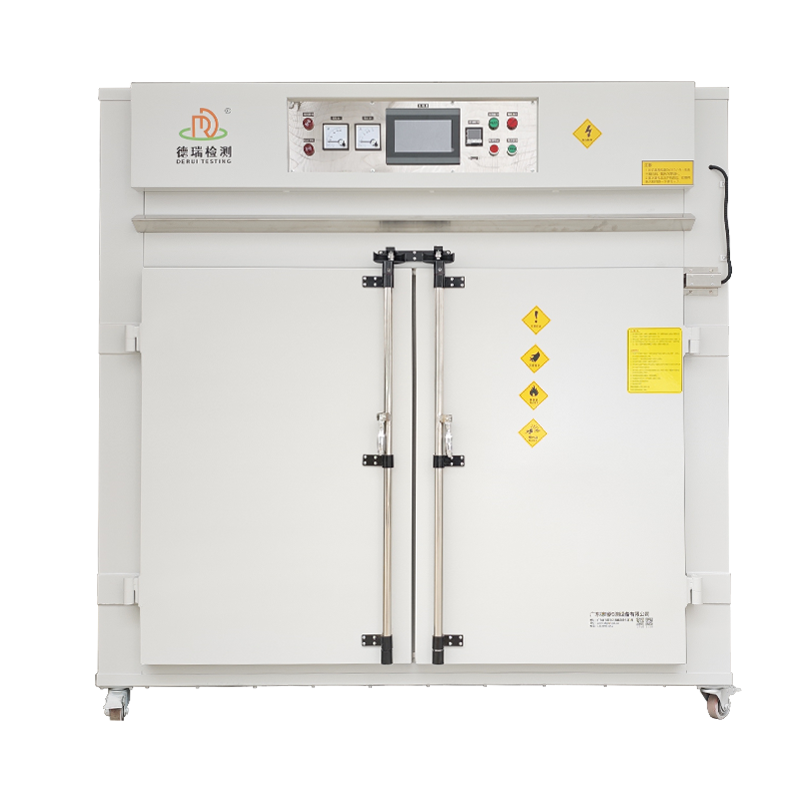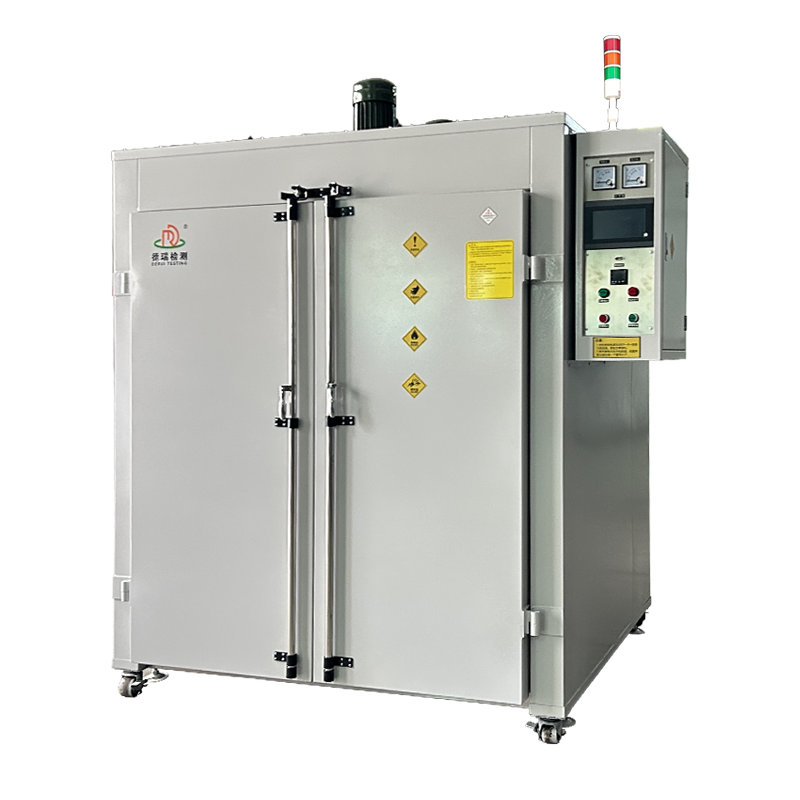Welcome!



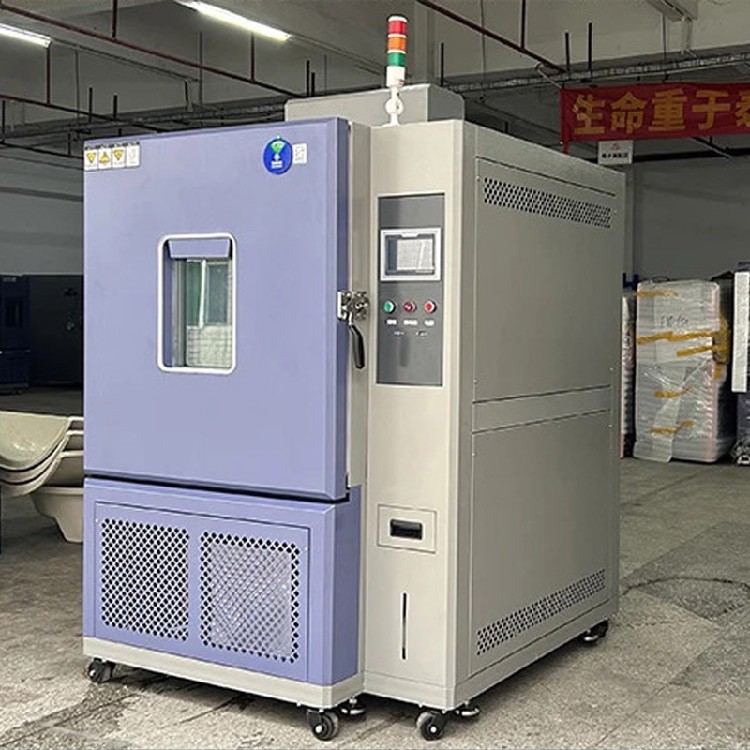
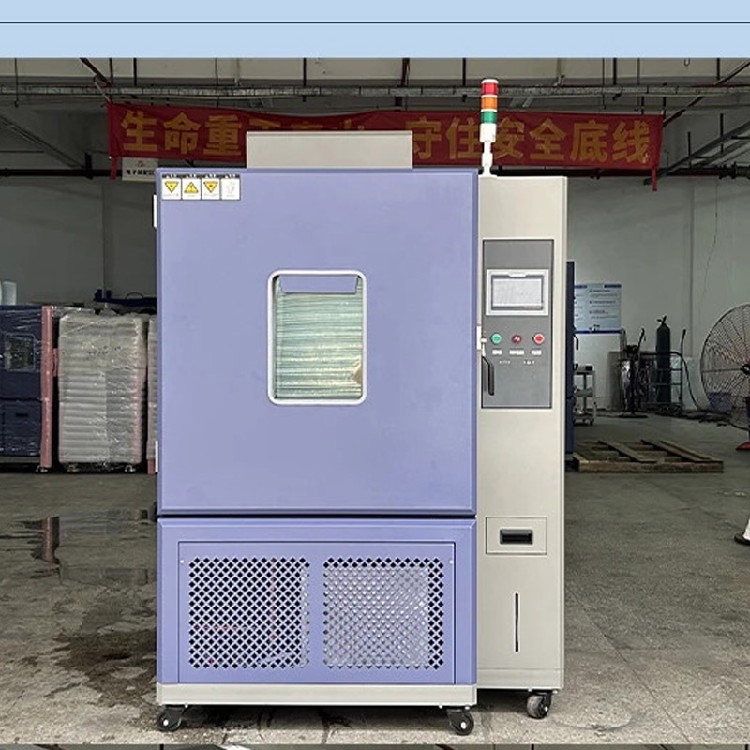
Semiconductor rapid temperature change test chamber
Basic Info
| Accuracy of Control | ±0.1°C | Chamber Volume | 50L,80L,100L, 200L, 400L, 800L | Control System | PLC-based with HMI interface |
|---|---|---|---|---|---|
| Cooling Rate | 10°C/min | Fluctuation | ±0.2°C | Safety Features | Temperature overrun alarm, emergency stop |
| Software Interface | Data logging and remote monitoring capability | Temperature Range | -70°C to +150°C (customizable) | Temperature Uniformity | ±2°C |
Product Description
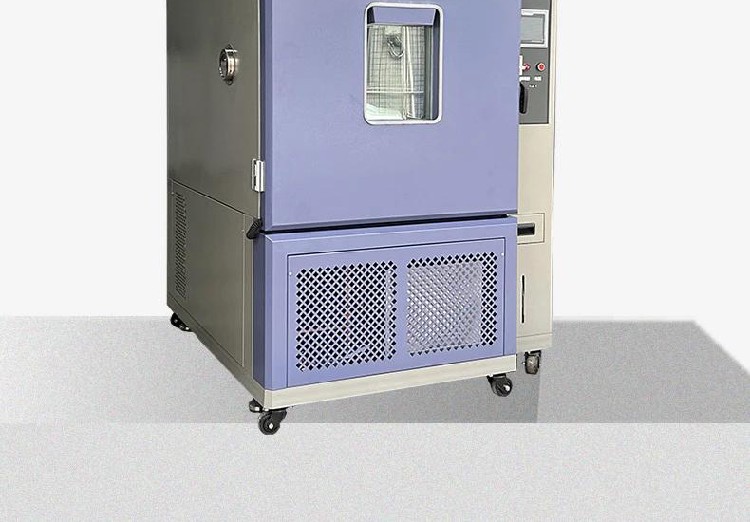
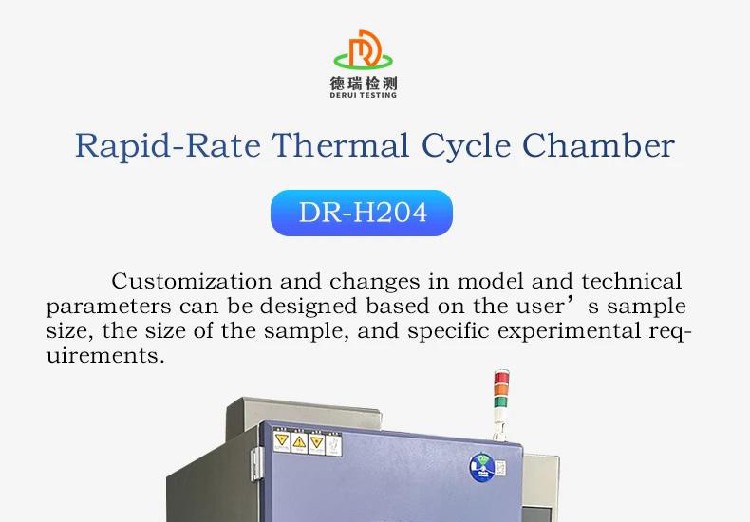

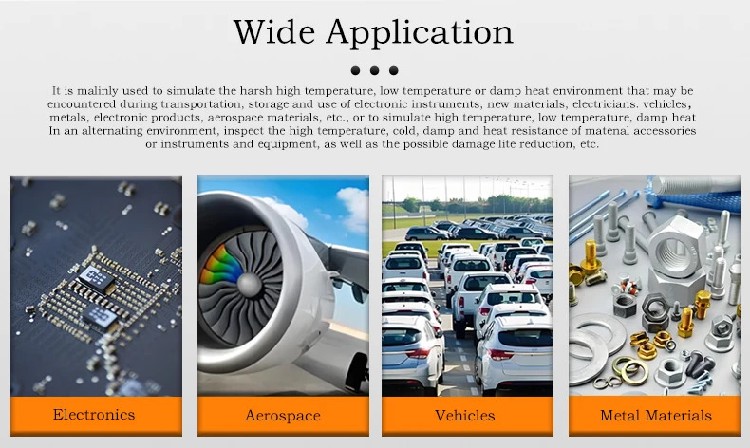
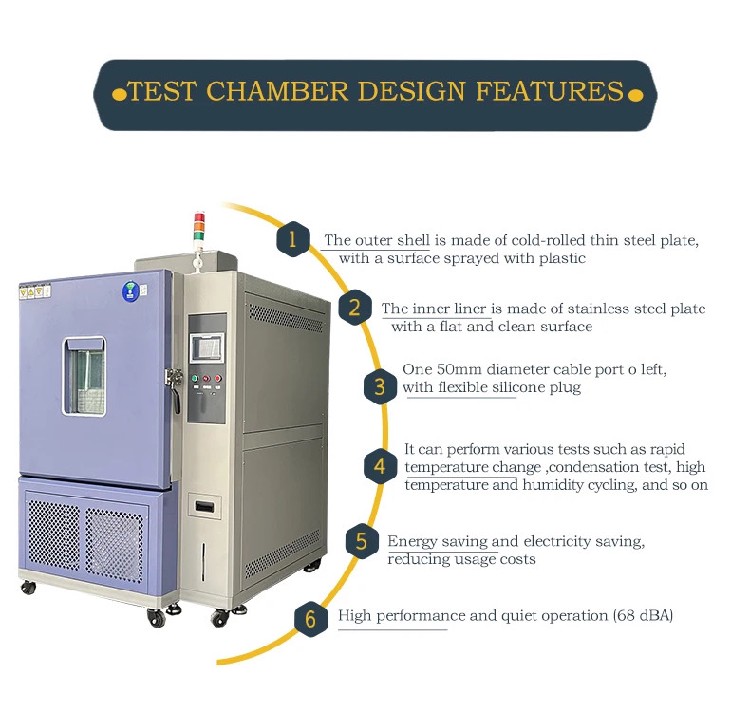
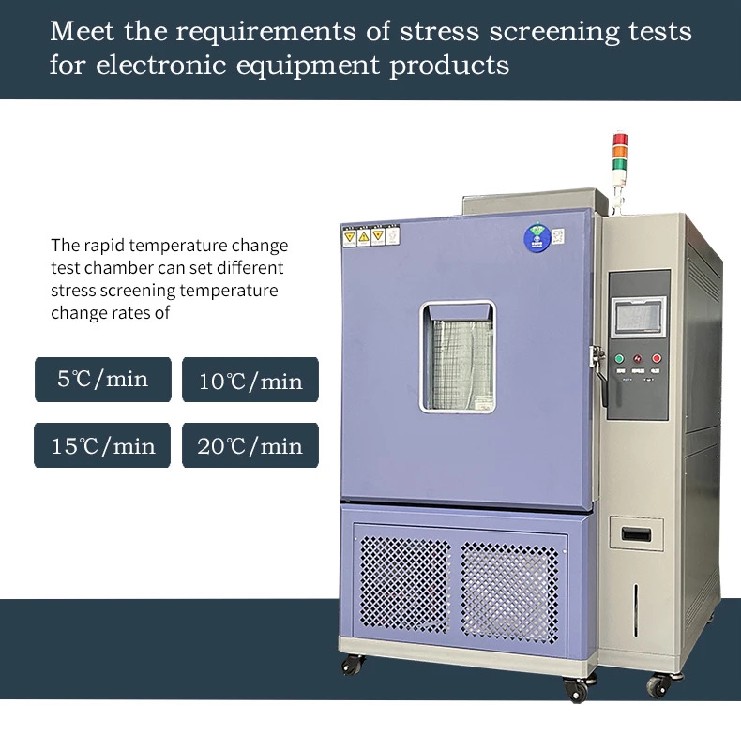

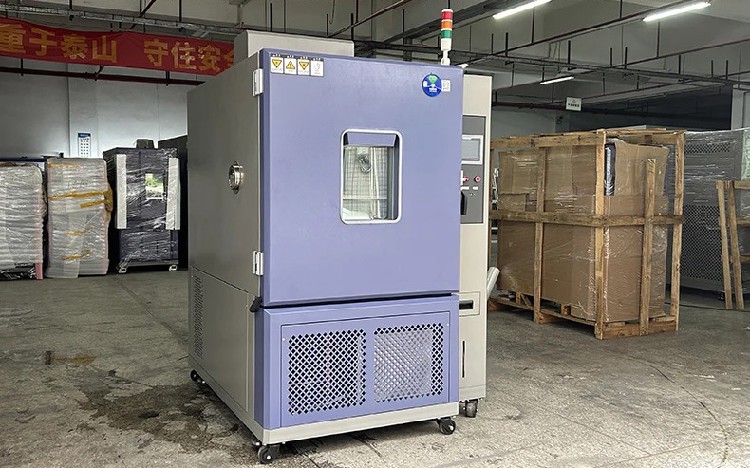

A Semiconductor Rapid Temperature Change Test Chamber is specifically designed to evaluate and validate the performance, reliability, and durability of semiconductor devices under extreme temperature conditions. The following are key features that make this type of test chamber ideal for such assessments:
- Rapid Temperature Transition Capability: The chamber can swiftly change the environmental temperature, achieving quick shifts from low to high temperatures or vice versa, simulating abrupt temperature changes that products might encounter.
- Wide Temperature Range: It offers an extensive temperature control range, typically extending from extremely low temperatures (e.g., -65°C or lower) to very high temperatures (e.g., +150°C or higher), catering to diverse semiconductor materials and applications.
- Precise Temperature Control: Equipped with a high-precision temperature control system to ensure that temperature changes occur at preset rates and levels, maintaining stability throughout the testing process.
- Humidity Control (Optional): Advanced models may include humidity control options, allowing simultaneous temperature and humidity cycling tests to simulate more complex environmental conditions.
- Compact Design with Efficient Space Utilization: Designed to be compact while still providing ample internal space for test samples, making it suitable for laboratory settings with space constraints.
- Automated Operation and Data Logging: Features advanced automation for setting up test protocols and executing them automatically, along with real-time monitoring and logging of test parameters for subsequent analysis.
- Safety Features: Incorporates multiple safety mechanisms such as overheat protection and emergency stop buttons to ensure operator safety and the integrity of the equipment and samples.
- Compliance with International Standards: Designed and manufactured according to relevant international and industry standards (such as IEC, MIL-STD), ensuring the validity and comparability of test results.
- Ease of Maintenance: Constructed for easy cleaning and maintenance, reducing the effort required for daily upkeep.
- User-Friendly Interface: Provides an intuitive interface to simplify setup and monitoring processes, enabling users to operate the equipment efficiently.
These features collectively enhance the efficiency of new product development cycles, significantly improve product quality, and ensure a competitive edge in the market by guaranteeing that semiconductors can perform reliably across a wide range of temperatures.
The features of a Semiconductor Rapid Temperature Change Test Chamber are highly valuable across various industries, particularly those that require stringent environmental testing for their products. Below is an overview of how these features apply in different sectors:
1. Electronics and Semiconductors
- Application: Ensuring reliability and performance of electronic components, circuits, and semiconductor devices under varying temperature conditions.
- Benefit: Identifies potential thermal stress issues early in the design phase, improving product robustness and lifespan.
2. Automotive Industry
- Application: Testing automotive electronics, sensors, and other components that must operate reliably in diverse climates.
- Benefit: Validates the durability of components against rapid temperature changes experienced during vehicle operation, such as moving from cold to hot environments quickly.
3. Aerospace and Defense
- Application: Evaluating avionics, navigation systems, and grade electronics exposed to extreme environmental conditions.
- Benefit: Ensures mission-critical equipment can withstand harsh conditions without failure, critical for safety and operational success.
4. Telecommunications
- Application: Assessing the stability of communication devices and infrastructure (e.g., base stations, satellites) that operate in varied climatic zones.
- Benefit: Guarantees reliable service delivery by confirming that hardware can handle rapid temperature fluctuations without affecting performance.
5. Consumer Goods
- Application: Testing consumer electronics like smartphones, laptops, and home appliances that users expect to function well in different environments.
- Benefit: Enhances customer satisfaction by ensuring products meet quality standards and perform consistently under different temperature conditions.
6. Energy Sector
- Application: Evaluating solar panels, wind turbines, and other renewable energy systems that are subject to outdoor weather conditions.
- Benefit: Optimizes system efficiency and longevity by identifying weak points susceptible to thermal cycling damage.
7. Medical Devices
- Application: Testing medical equipment that may be used in both controlled and uncontrolled environments, including portable devices.
- Benefit: Ensures patient safety and device effectiveness by verifying that medical instruments can operate correctly under varying temperatures.
8. Industrial Automation
- Application: Assessing the resilience of control systems, robots, and automation components used in manufacturing environments with fluctuating temperatures.
- Benefit: Reduces downtime and maintenance costs by confirming that industrial machinery can endure thermal stresses without malfunction.
Summary
In each of these industries, the ability to rapidly change temperature within a controlled environment allows manufacturers to simulate real-world conditions that their products might encounter. This capability is crucial for identifying weaknesses in design, materials, or construction before products reach the market, thereby enhancing reliability, reducing field failures, and ultimately saving costs associated with recalls or repairs. By leveraging the features of a semiconductor rapid temperature change test chamber, companies can ensure their products are built to last and perform optimally across a wide spectrum of environmental challenges.
Recommended Products
Recently Viewed
 Flexible Vertical Combustion Tester, Configurable to Your Testing Needs
Flexible Vertical Combustion Tester, Configurable to Your Testing Needs Vertical Combustion Tester Offering Tailored Solutions for Different Industries
Vertical Combustion Tester Offering Tailored Solutions for Different Industries Building Material Vertical Combustion Tester, Ensuring Fire Safety
Building Material Vertical Combustion Tester, Ensuring Fire Safety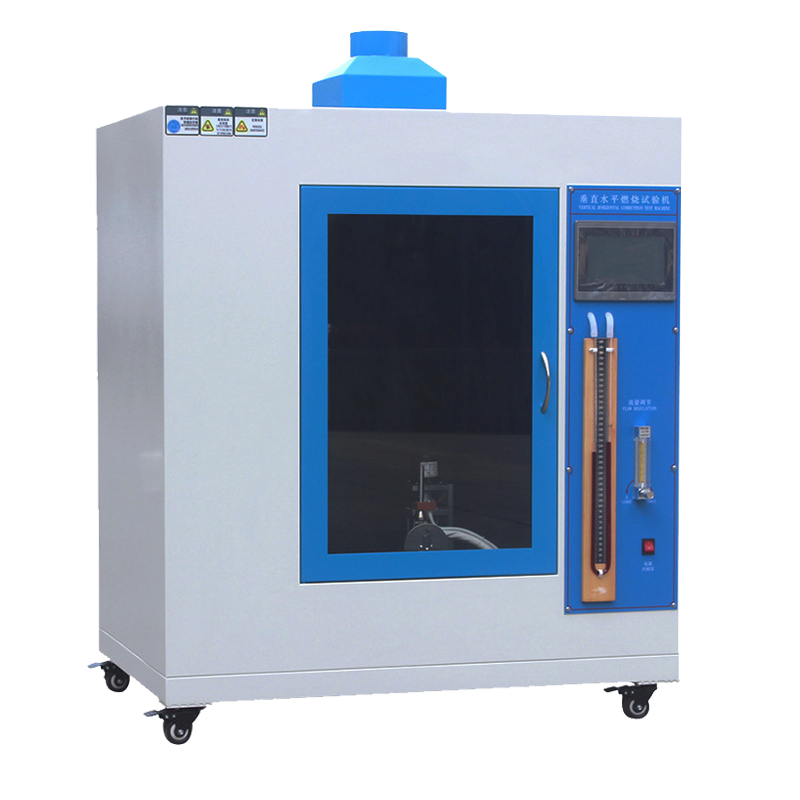 Vertical Combustion Tester, Providing Reliable Testing Results for Research and Development
Vertical Combustion Tester, Providing Reliable Testing Results for Research and Development Vertical Combustion Tester, Features Automatic Data Recording and Analysis
Vertical Combustion Tester, Features Automatic Data Recording and Analysis
Contact Us
Guangdong Derui Testing Equipment Co., Ltd.

